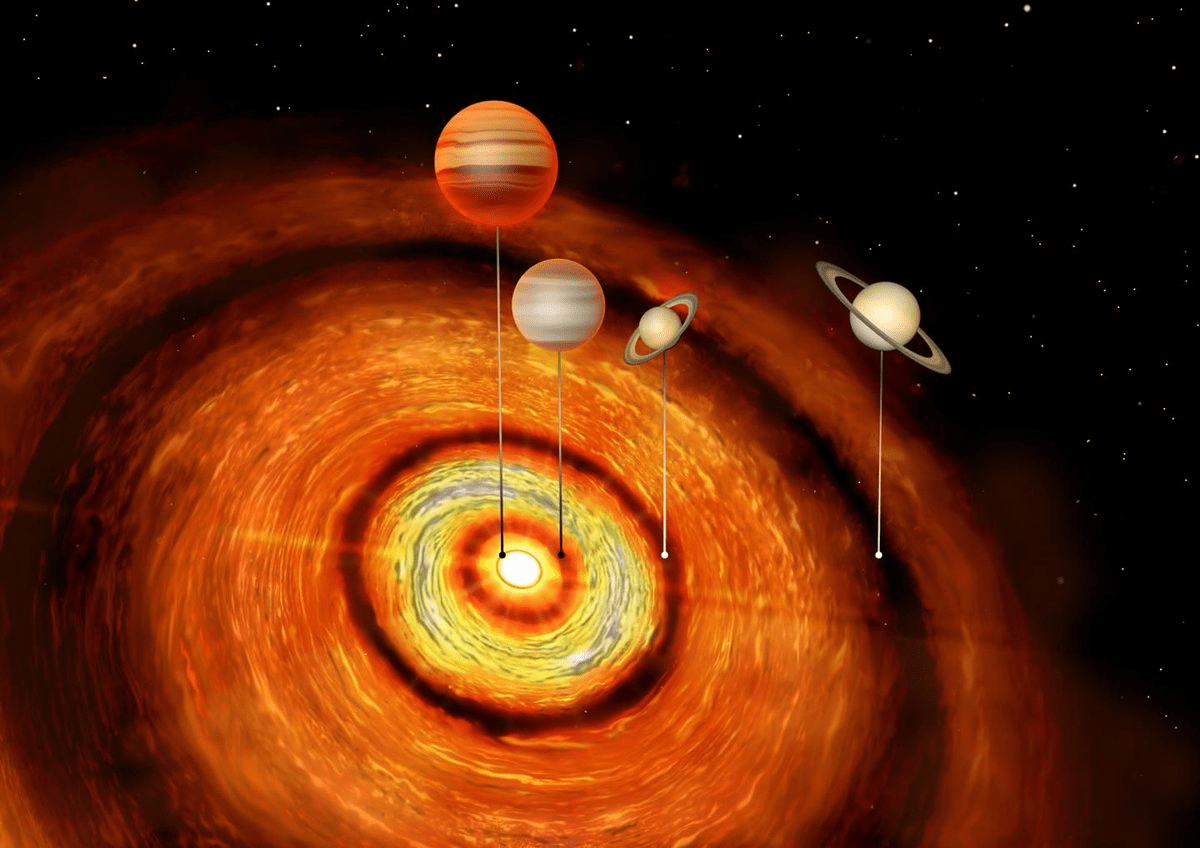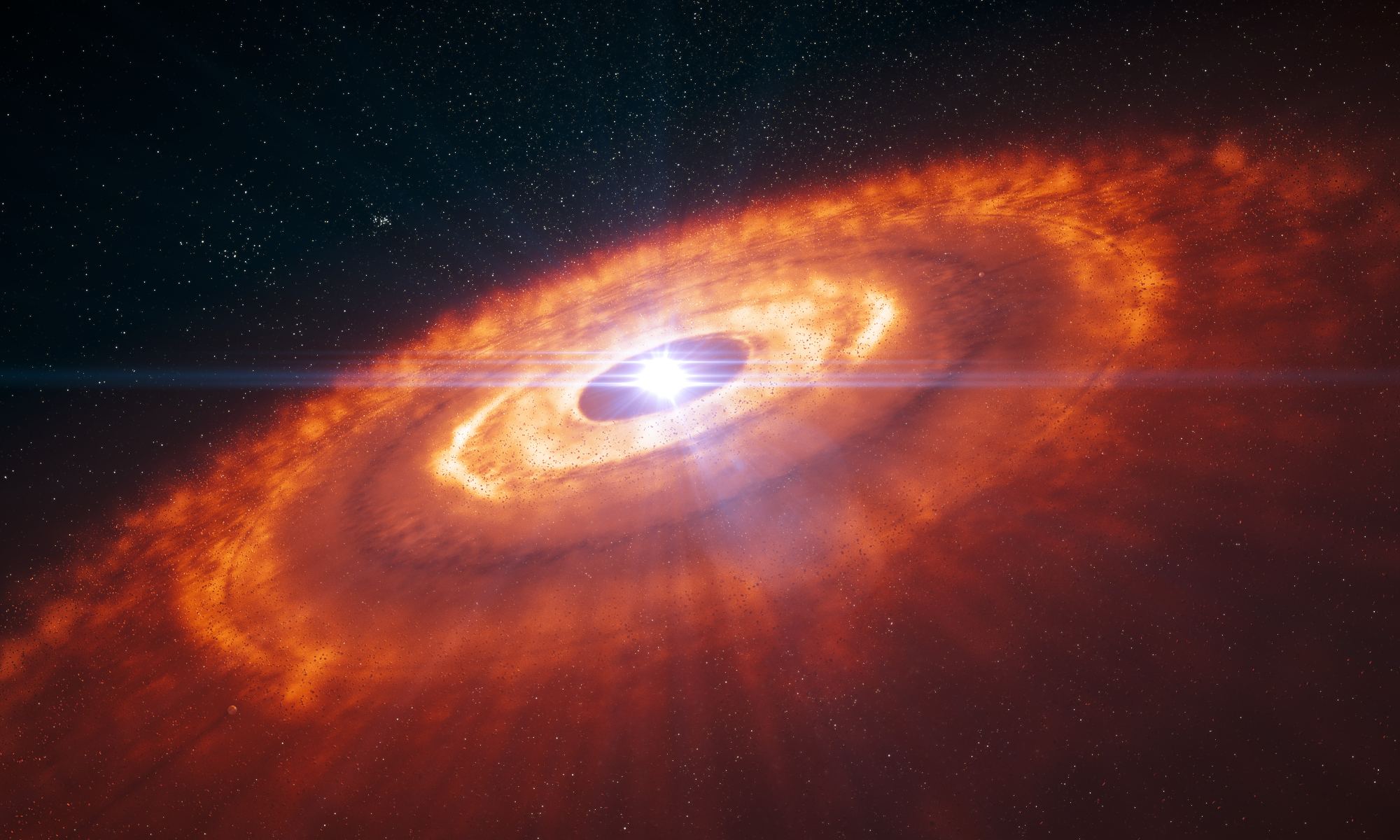Over 5,000 exoplanets have been discovered around distant star systems. Protoplanetary disks have been discovered too and it’s these, out of which all planetary systems form. Such disks have recently been found in two binary star systems. The stellar components in one have a separation of 14 astronomical units (the average distance between the Earth and Sun is one astronomical unit) and the other system has a separation of 22 astronomical units. Studying systems like these allow us to see how the stars of a binary system interact and how they can distort protoplanetary disks.
Continue reading “Astronomers See Planets Forming Around Binary Stars”Do The Gaps in Protoplanetary Disks Really Indicate Newly Forming Planets?
Roughly 5 billion years ago Earth was in the process of forming. Gas and dust gathered with the young Sun’s protoplanetary disk, likely nudged a bit by the resonant gravitational pull of Jupiter and other large worlds. One can imagine that as Earth formed it swept its orbit clear of debris, leaving a gap in the disk visible from light years away. While we know this tale is reasonably accurate, the idea that planets such as Earth always clear gaps in a protoplanetary disk likely isn’t.
Continue reading “Do The Gaps in Protoplanetary Disks Really Indicate Newly Forming Planets?”Surprising Discovery. Four Giant Planets Found Around a Very Young Star

What exactly is a “normal” solar system? If we thought we had some idea in the past, we definitely don’t now. And a new study led by astronomers at Cambridge University has reinforced this fact. The new study found four gas giant planets, similar to our own Jupiter and Saturn, orbiting a very young star called CI Tau. And one of the planets has an extreme orbit that takes it more than a thousand times more distant from the star than the innermost planet.
Continue reading “Surprising Discovery. Four Giant Planets Found Around a Very Young Star”


